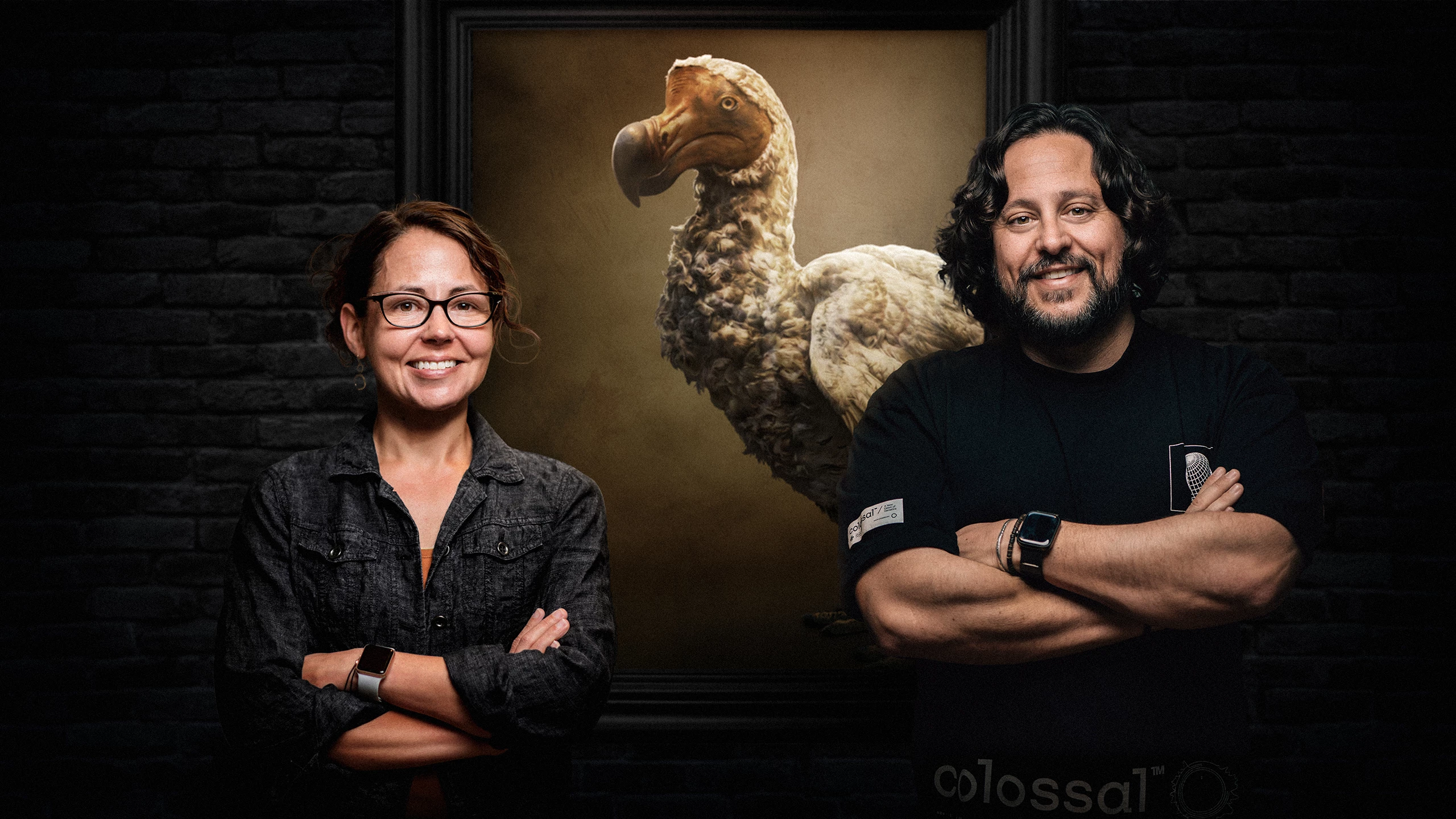Not content with aiming to resurrect the woolly mammoth and the thylacine, Colossal Biosciences has now announced the third animal on its de-extinction list – the dodo. This comes on the heels of a substantial new round of funding, with the company also providing an update on its scientific progress so far.
The dodo was first discovered in 1598 by Dutch explorers on the then-uninhabited island of Mauritius – and less than a century later it was extinct. The deadly combination of human hunting and introduced animals like dogs and cats, paired with the dodo’s lack of fear and flight, made them one of the earliest and clearest case studies in human-driven extinction.
Being a symbol of obsolescence makes the dodo an obvious choice for Colossal’s lofty goals of de-extinction – even from a potentially cynical point of view that it would catch the attention of the public and investors alike. And sure enough, the company has now announced that it’s received US$150 million in Series B funding, bringing the total raised to $225 million since its inception in 2021.
Less cynically though, the dodo also makes sense as a target because it should do for birds what the mammoth is doing for mammals and the thylacine for marsupials. This new funding will be used to launch Colossal’s new Avian Genomics Group, which will not only focus on de-extincting the dodo, but applying the lessons learnt and technologies developed to aid conservation efforts for endangered birds.

“The dodo is a prime example of a species that became extinct because we – people – made it impossible for them to survive in their native habitat,” said Beth Shapiro, lead paleogeneticist on the project. “Having focused on genetic advancements in ancient DNA for my entire career and as the first to fully sequence the dodo’s genome, I am thrilled to collaborate with Colossal and the people of Mauritius on the de-extinction and eventual re-wilding of the dodo. I particularly look forward to furthering genetic rescue tools focused on birds and avian conservation.”
Colossal has also provided updates on how its mammoth and thylacine teams are tracking. The mammoth team, which involves over 40 scientists and three labs, has sequenced reference genomes for the African and Asian elephants, and derived pluripotent stem cells from both. They’ve refined the list of mammoth-specific genes which will be targets for editing, and developed techniques that can generate more than 20 edits in these genes. Finally, they’ve built a new embryology lab that can be used for endangered species.
Meanwhile, the thylacine team’s 30 scientists have derived pluripotent stem cells from dunnarts, the extinct marsupial’s closest living relative, and developed pipelines for how to edit dunnart early cell lines. Most impressively, the team has prototyped an artificial womb designed to carry marsupial young to term.
Whether or not we’ll ever see dodos, mammoths or thylacines walking the Earth again remains to be seen, but it’s an intriguing thought that seems to be gaining more traction.
Source: Colossal via Businesswire





